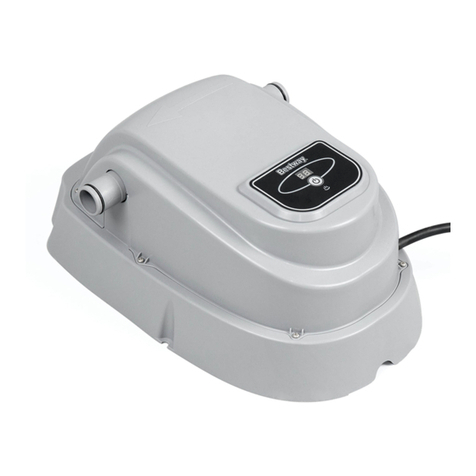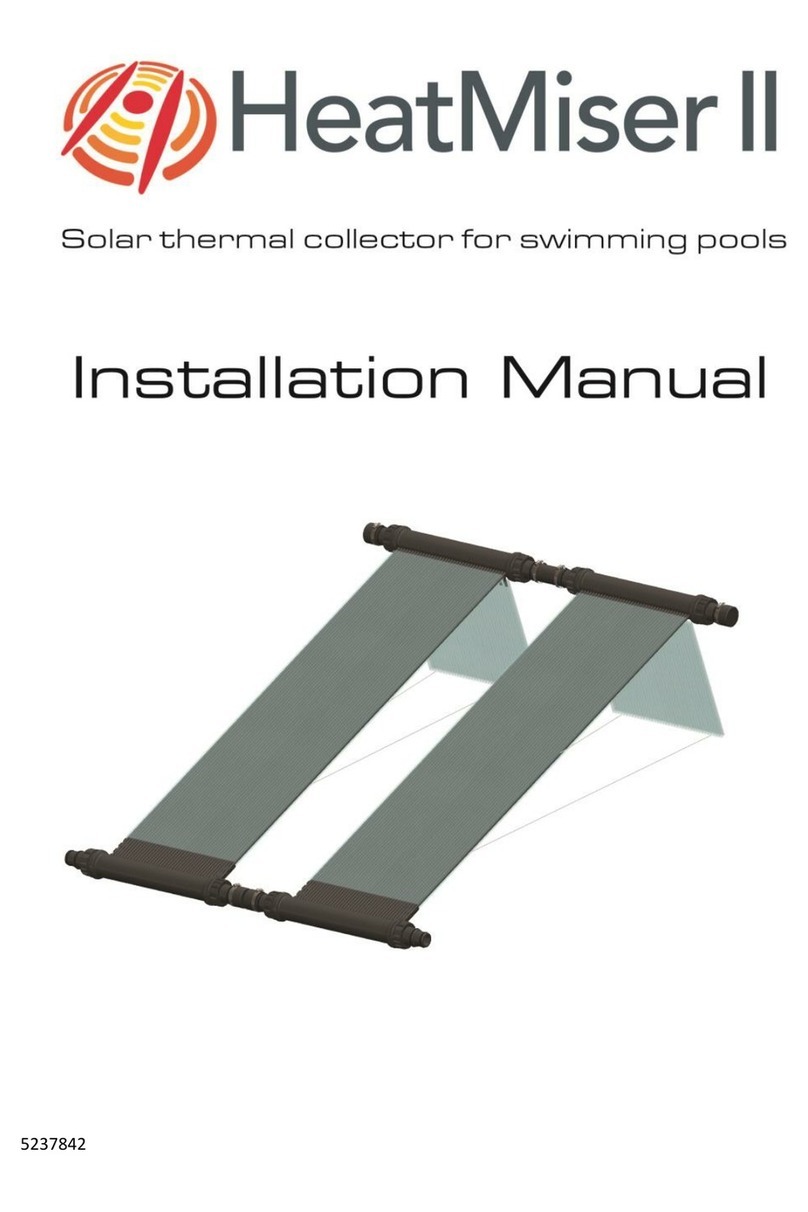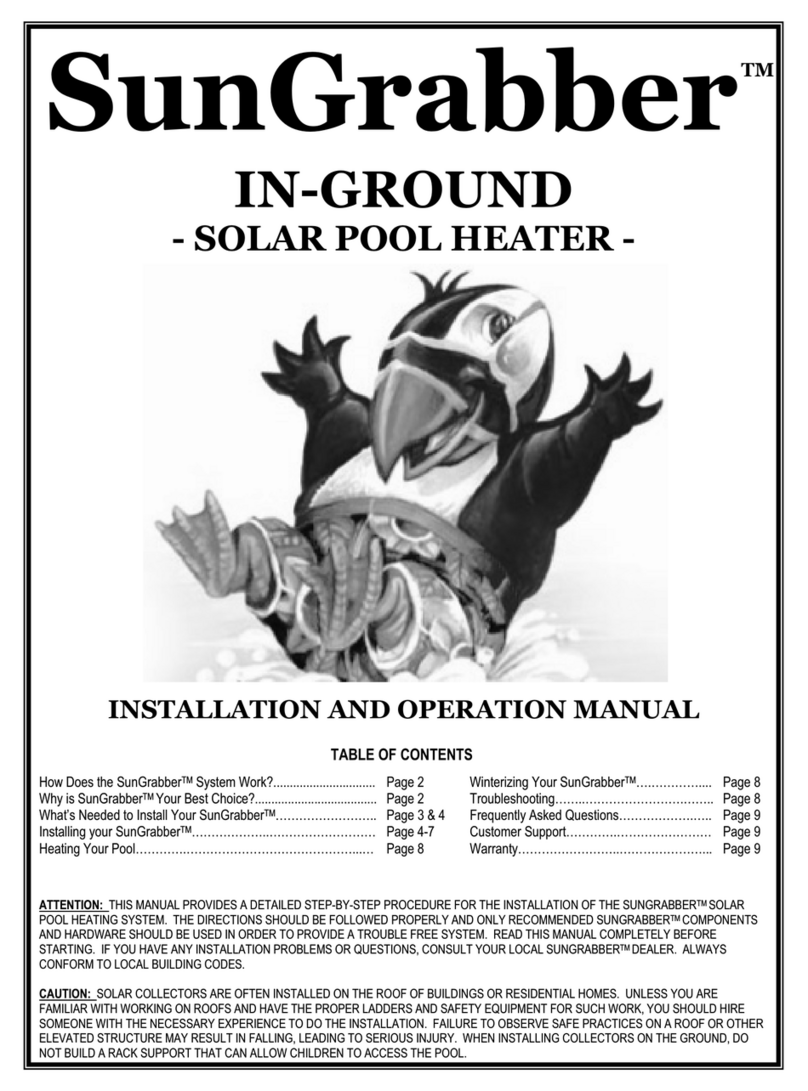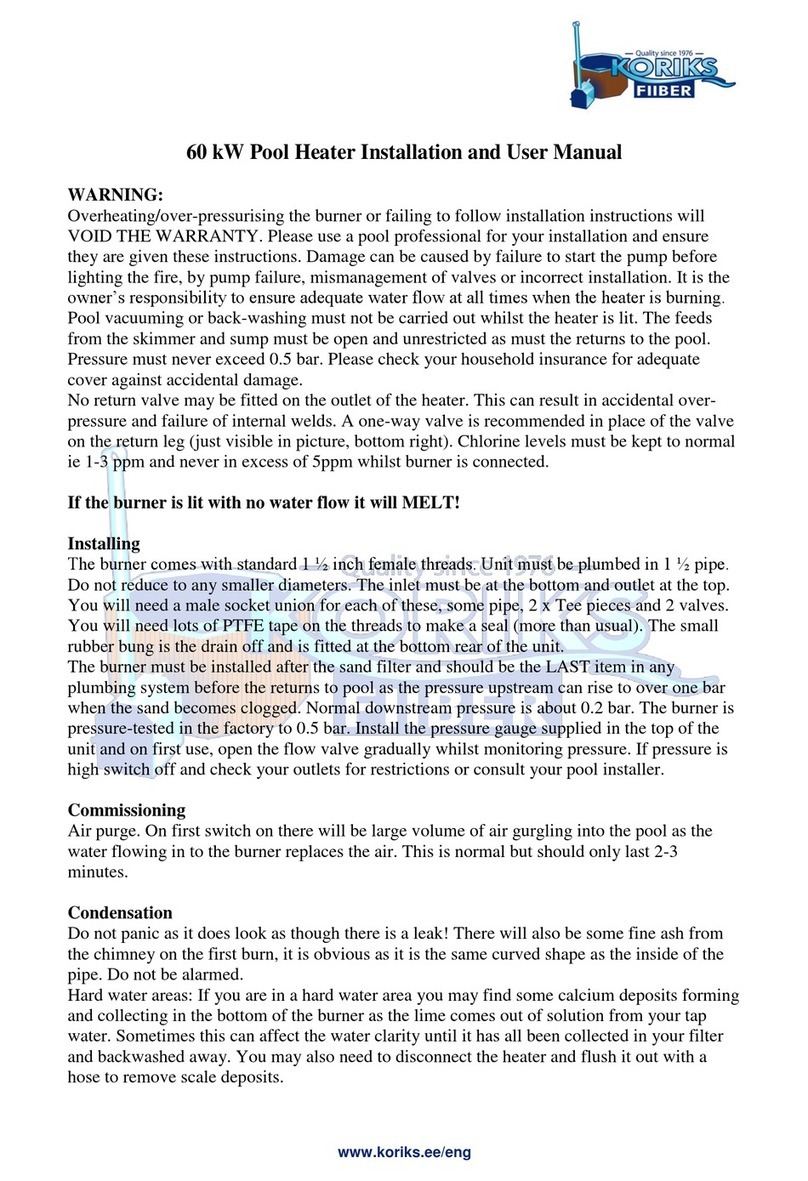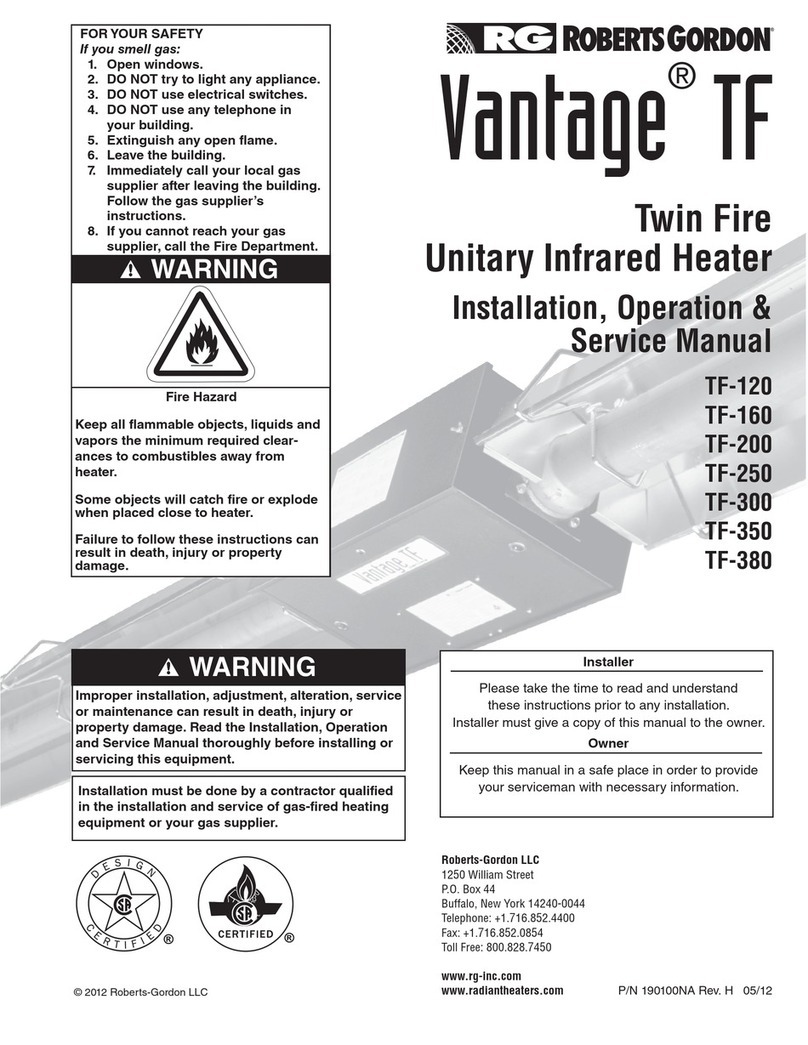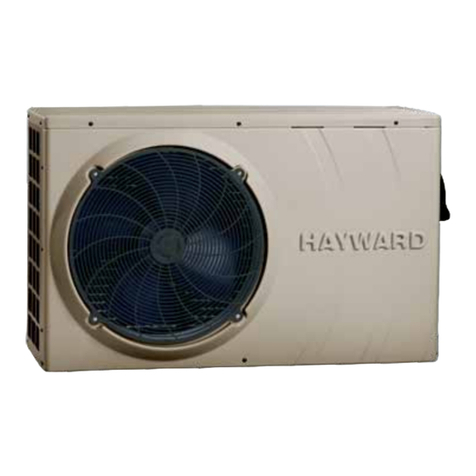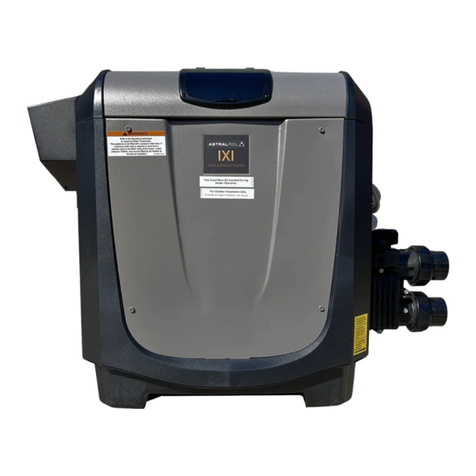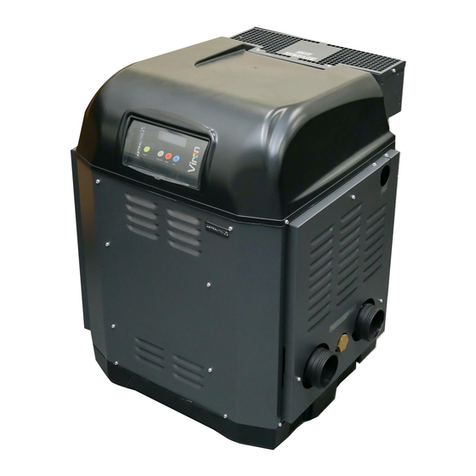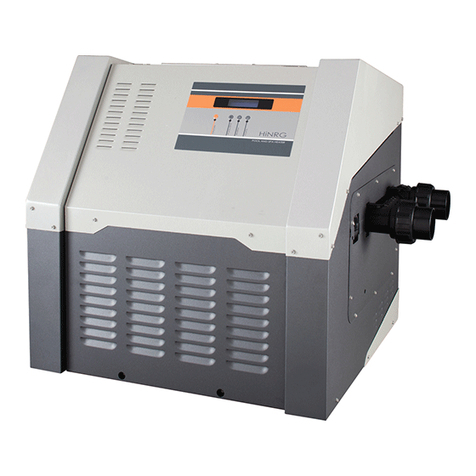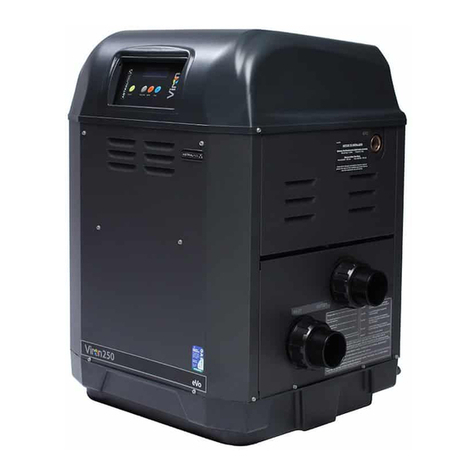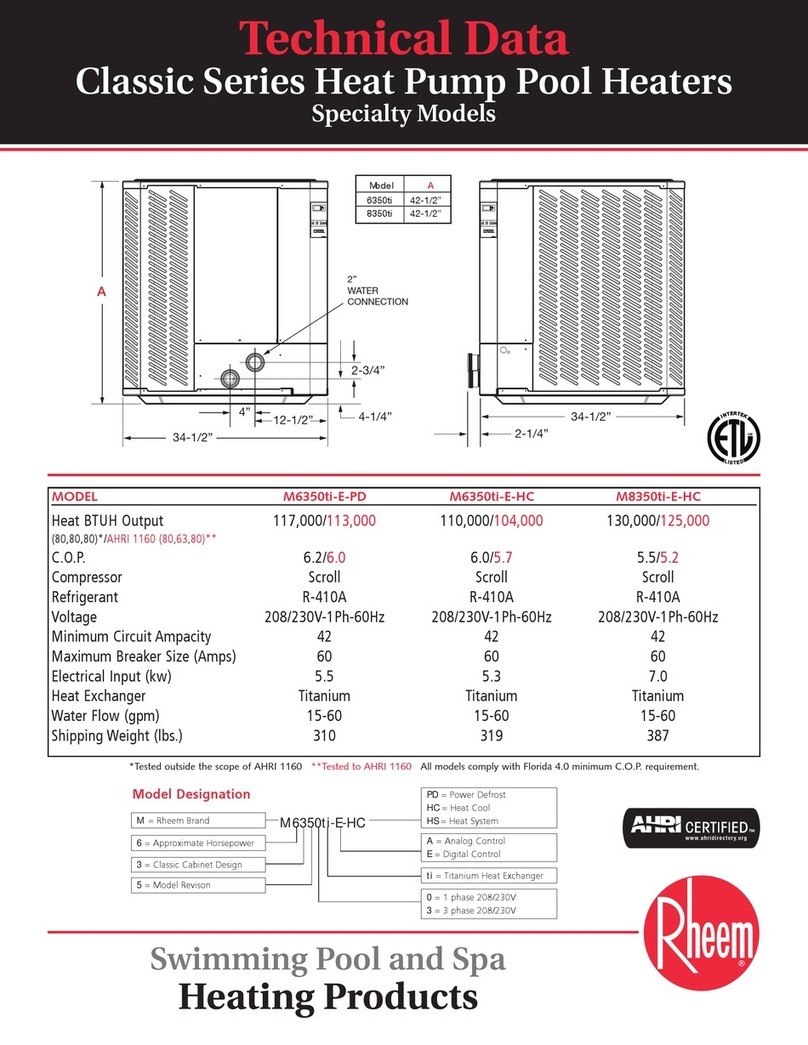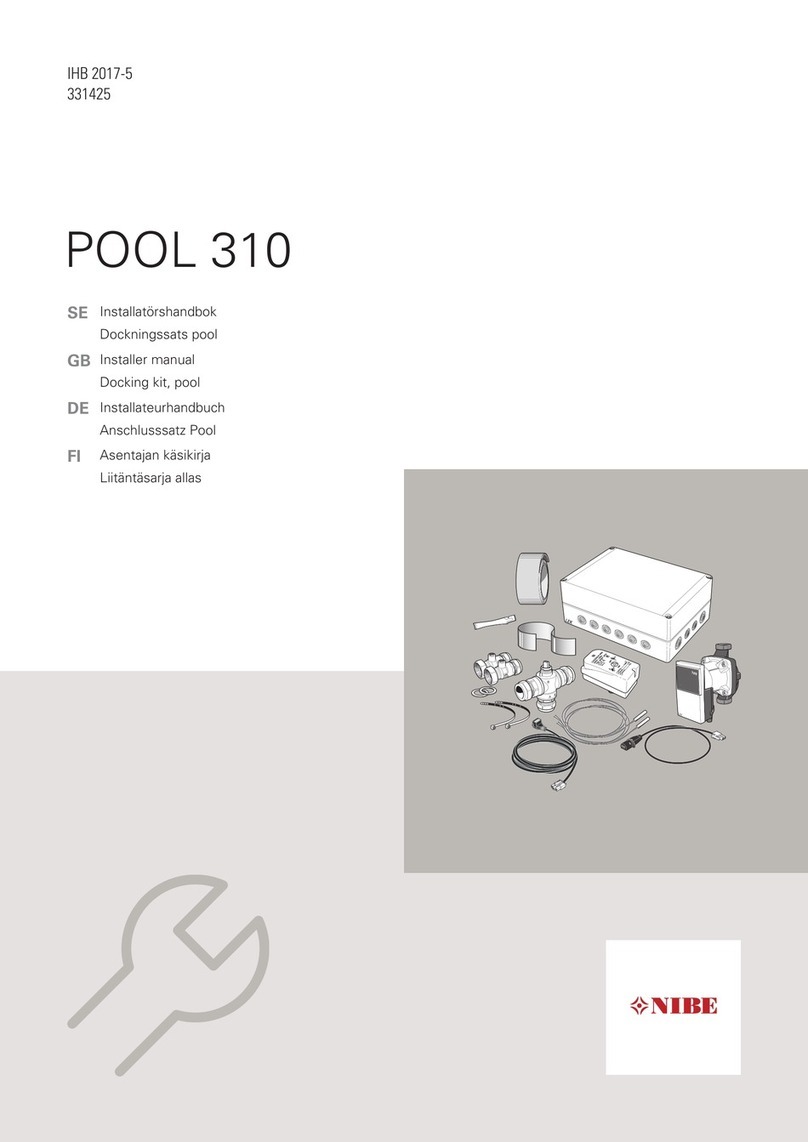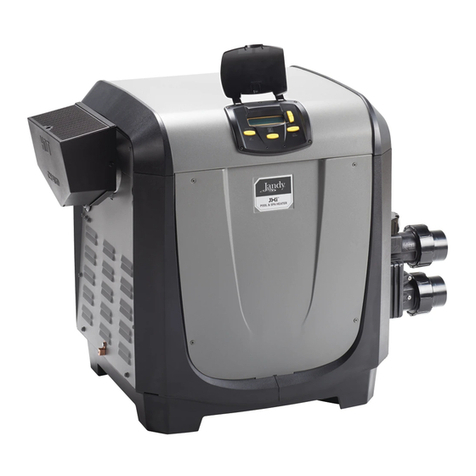CORROSION PREVENTION IN HEATERS
All pool and spa heaters use copper or copper nickel to make their heat exchangers as it is the most efficient
material in transferring heat from the combustion chamber into the water. The typical life expectancy of a well
maintained pool/spa heater is between 5 and 12 years.
The addition of sanitisers (Chlorine, Bromine etc) and other water balancing and conditioning chemicals can
increase the rate of wear and tear on the heat exchanger and associated parts in your heater.
There are three most common reasons for heat exchanger corrosion which can be avoided with a little care and
attention.
1. Excessive Sanitiser. This means too much Chlorine or Bromine in the water. Be careful, if the level of
Chlorine or Bromine is excessively high your test kit (and the pool shops) may not read accurately or indeed may
show a nil reading. Any time a salt chlorinator is operating for extended periods, (when heating the swimming pool
from cold), particularly if the weather is overcast or the pool enclosed or covered, the Chlorine level may exceed
normal levels. When heating a Spa Pool, turn the chlorinator down or off for the duration of the heating period.
2. Out of balance water. The water balance is a combination of pH, total alkalinity, Calcium hardness and
temperature. Balanced water will help prevent corrosion of your heater. Balanced water should be between 7.2 -
7.8 pH.
3. The addition of acid to lower pH. Acid must always be added in small quantities and spread over the
pool surface evenly, not added in to the skimmer. Do not add a litre at a time, add a cupful each day to lower your
pH.
If you have a salt chlorinated INDOOR pool or COVERED pool be very careful of the level of Chlorine being
produced. If you use a salt chlorinated spa be very careful of the level of Chlorine as the Chlorinator is usually
sized for the pool and therefore should be switched off when heating the spa. Leaving the chlorinator on can
raise the chlorine level very rapidly in a small volume of water.
These comments are intended as a guide only and are not definitive answers or recommendations on pool water
chemistry. Astral Pool’s intention is to provide a little understanding of the potential problems of water chemistry
and the dangers of corrosion to heaters (and other pool equipment and fittings).
YOUR WATER SHOULD BE ADJUSTED & BALANCED PRIOR TO ANY CORRODED PARTS BEING
REPLACED.
DIGITAL THERMOSTAT OPERATION
DESCRIPTION
The sophisticated digital thermostat provides temperature read out, set point temperature, operating status of the
heater and any fault conditions.
TEMPERATURE DISPLAY
The temperature display indicates water temperature in the inlet of the heater. Therefore the pump must be
operating for an accurate pool or spa water temperature to be displayed.
Comfortable pool temperature is between 26˚C and 30˚C. Normal spa temperature is between 36˚C and 38˚C. To
select your desired temperature press the up or down button repeatedly until the desired temperature is reached.
To prevent rapid cycling of the heater, the thermostat has an inbuilt time delay which prevents the heater from
turning on for two minutes after the set point has been reached. If the time delay is activated, the symbol “L” will
be displayed on the LCD screen on the front of the heater. This is part of normal operation.
Should a fault condition occur, the heater will lock out and prevent further heating. A lock out condition is indicated
by the symbols F0 to F9. To reset a lock out condition, turn the power off for five seconds.
When the water temperature is heated to within 1 degree of the thermostat set point, the Viron burner will
modulate or turn down so that the set point is accurate maintained and not exceeded. This prevents waste of
energy typically associated with on/off burners. In addition, the set point is maintained very accurately, so the
when using your spa pool, you will notice very little variation in water temperature.
